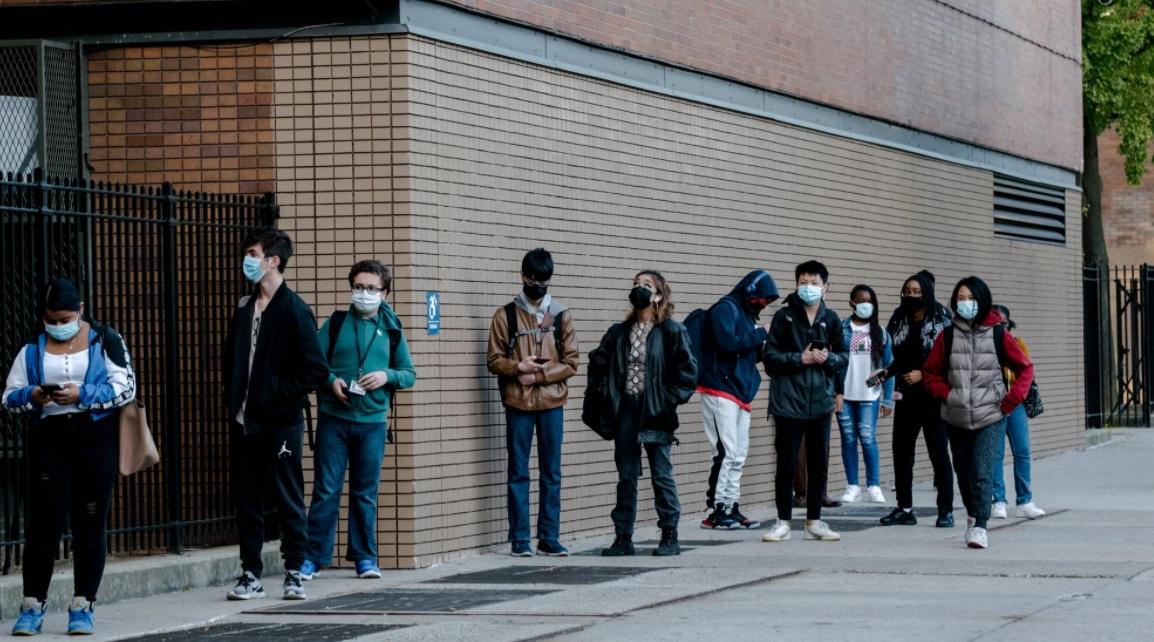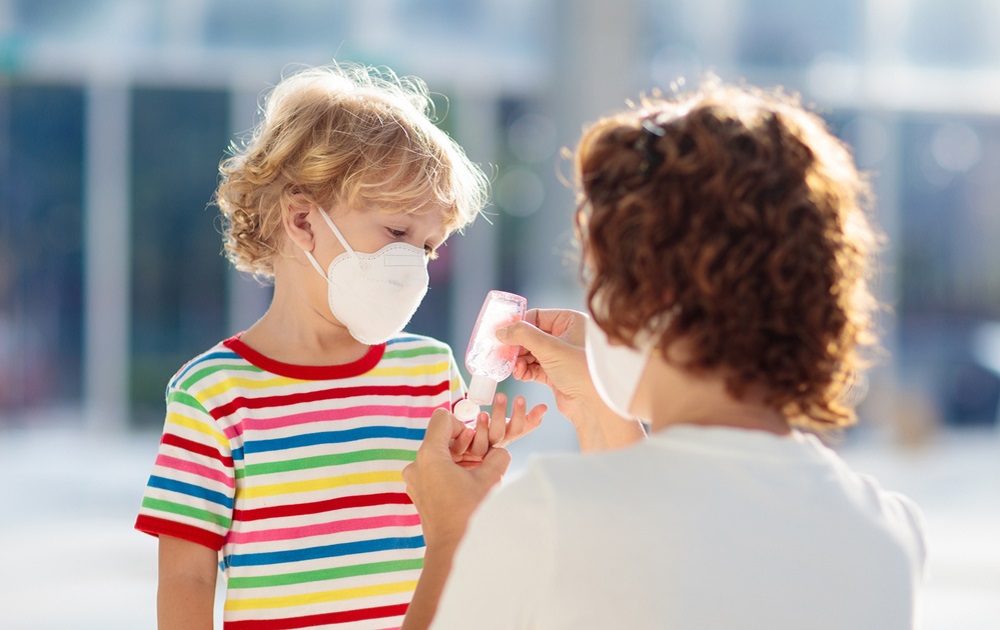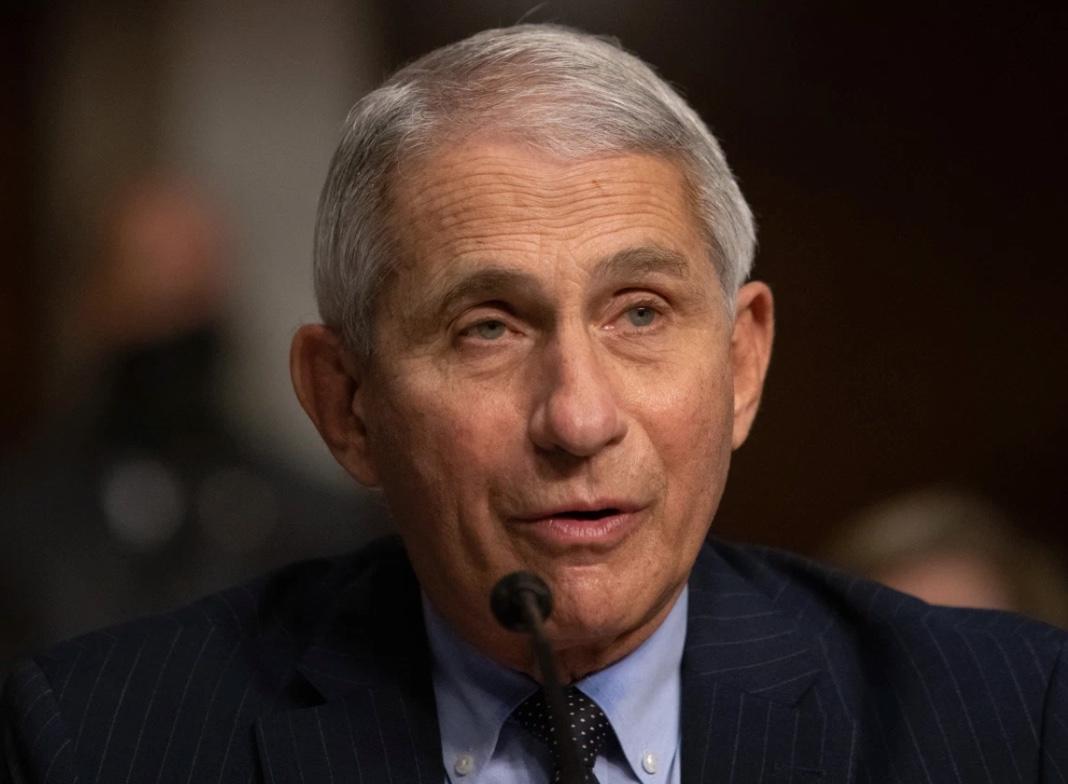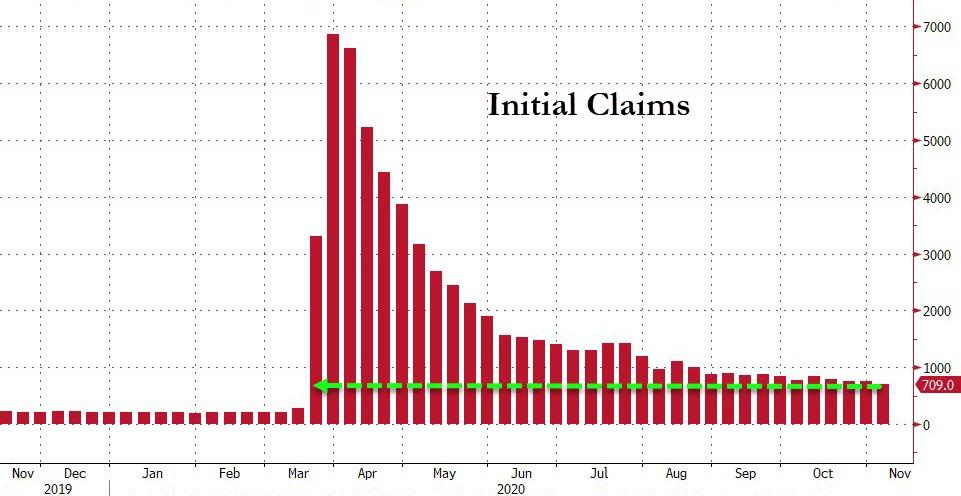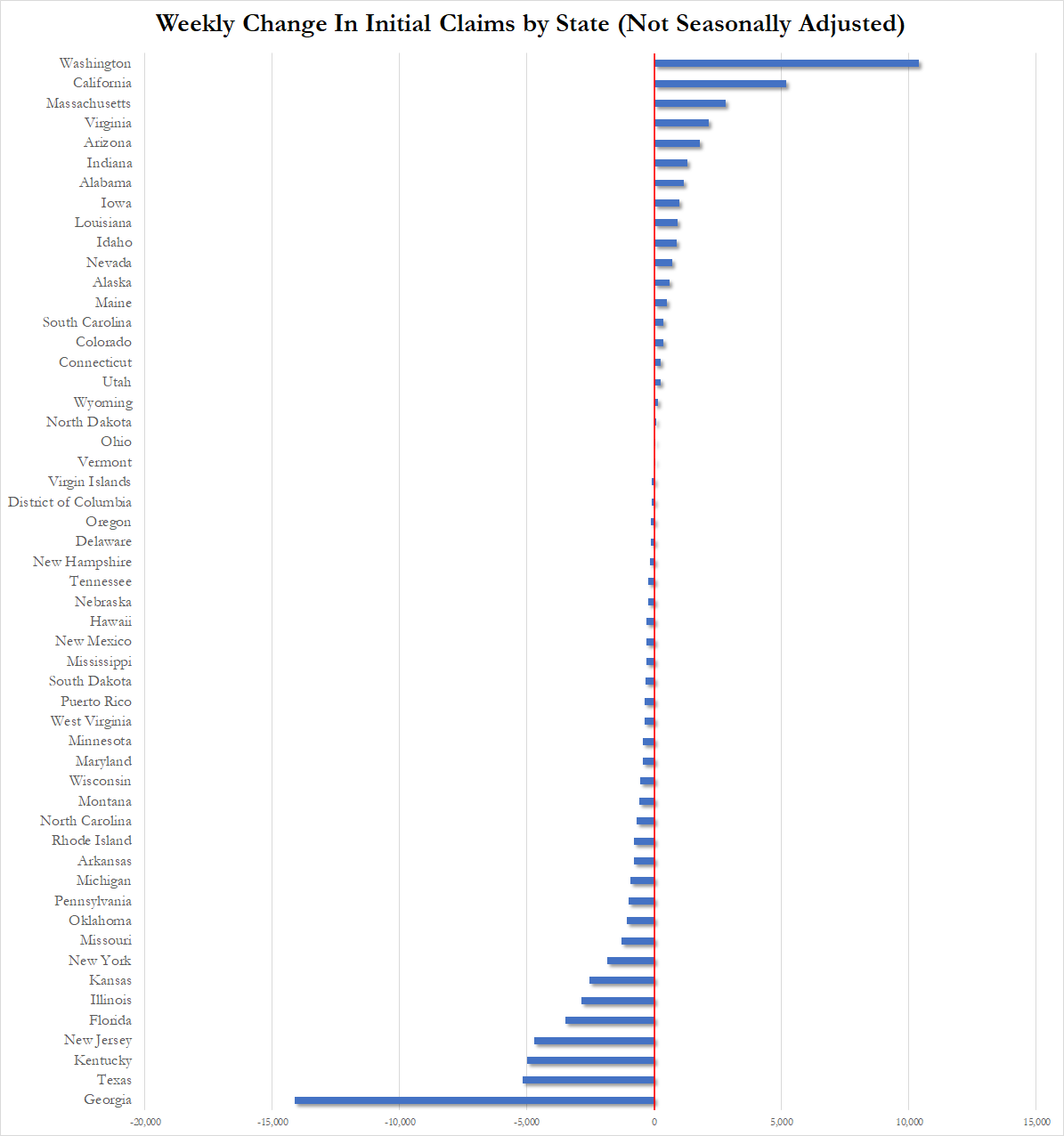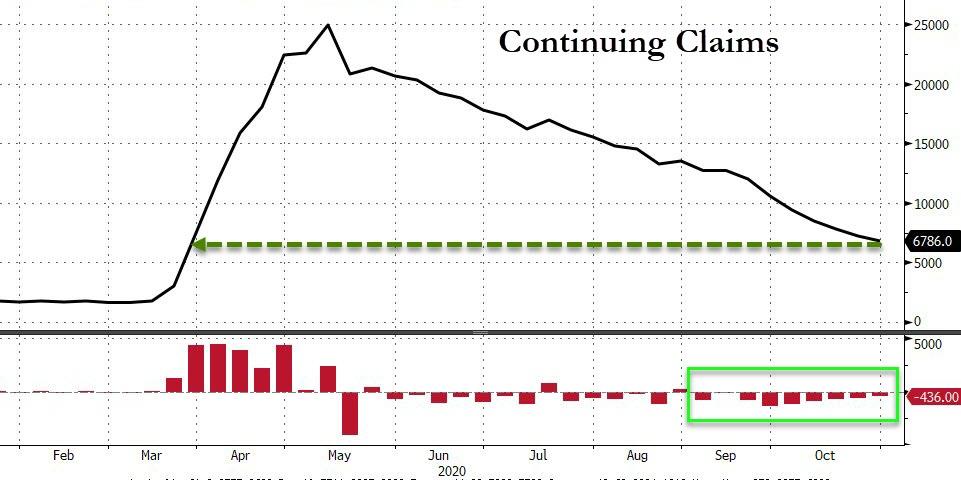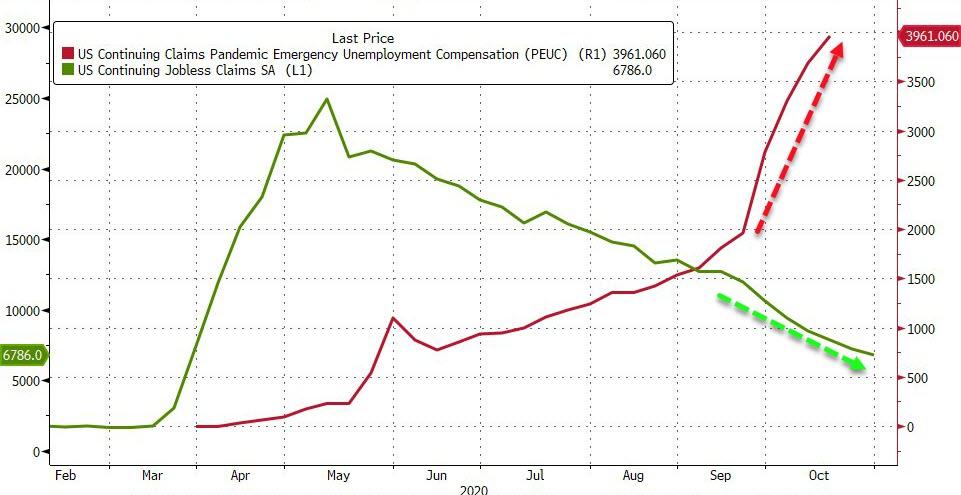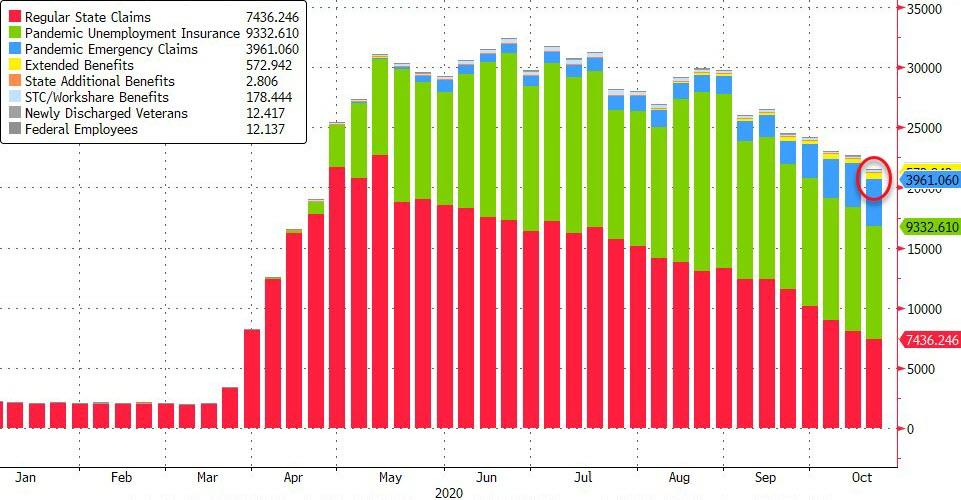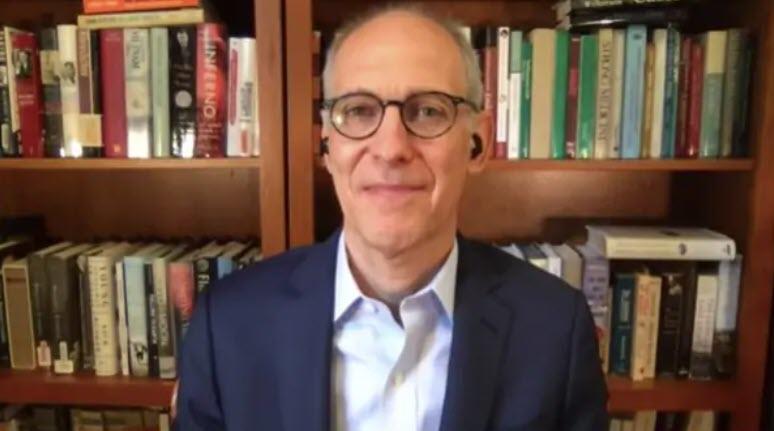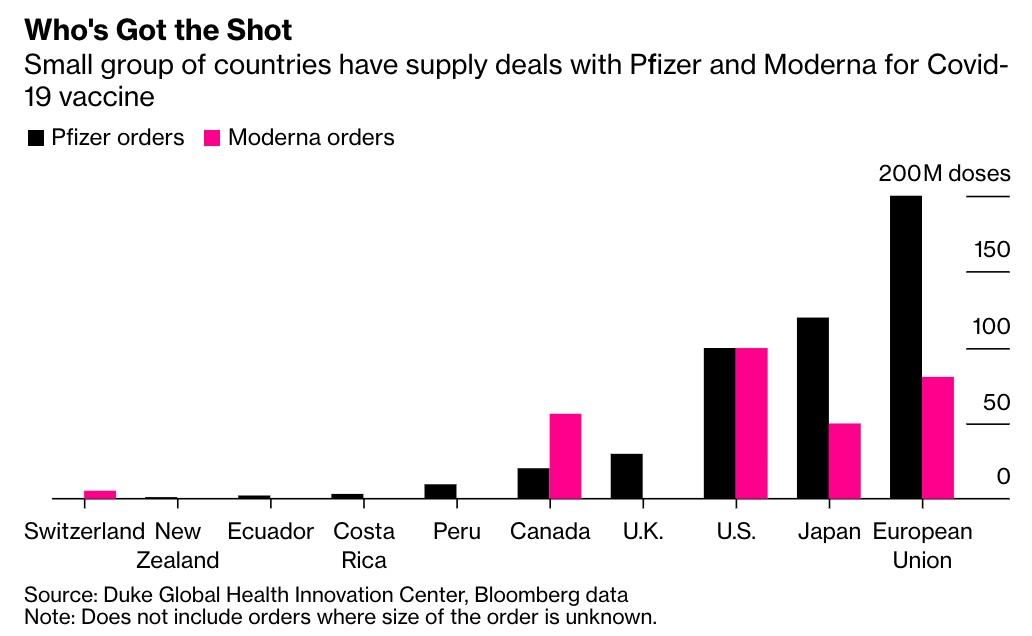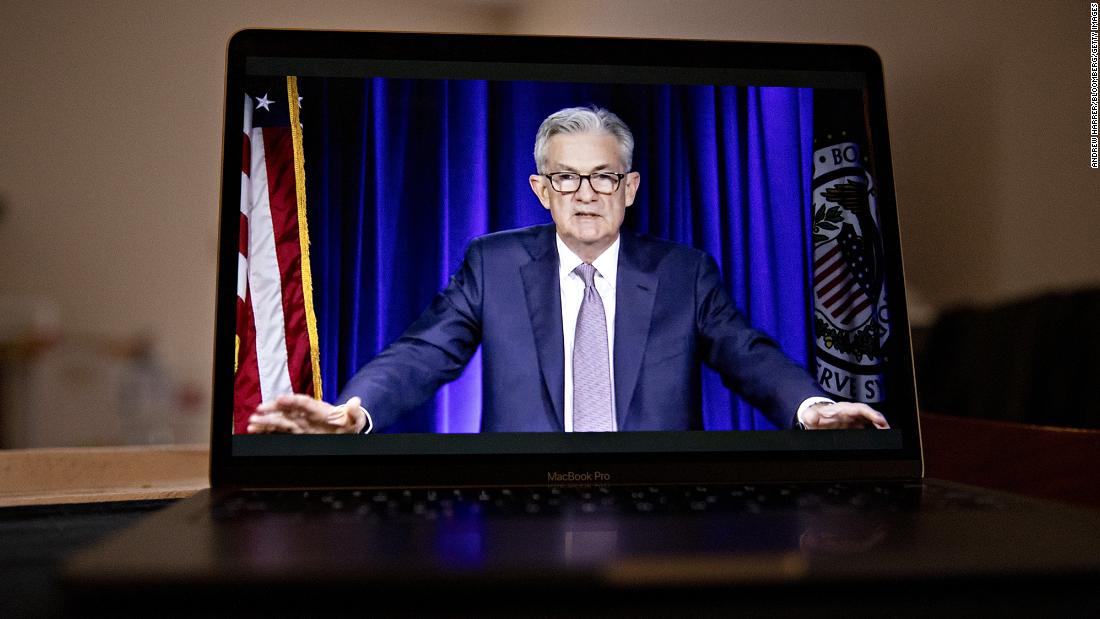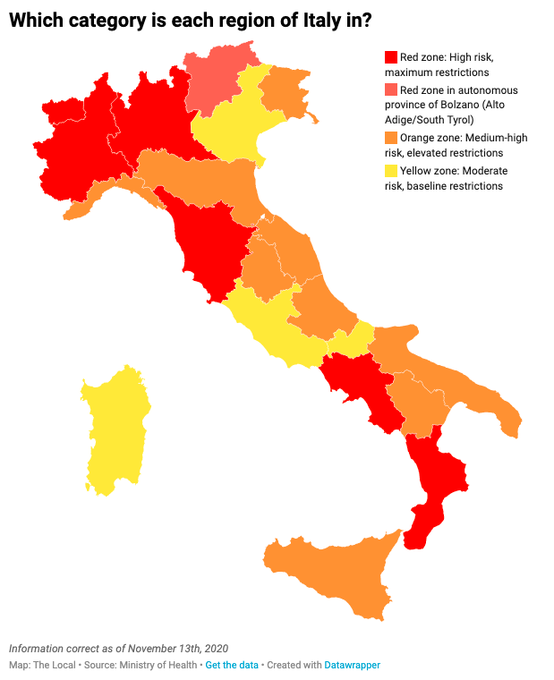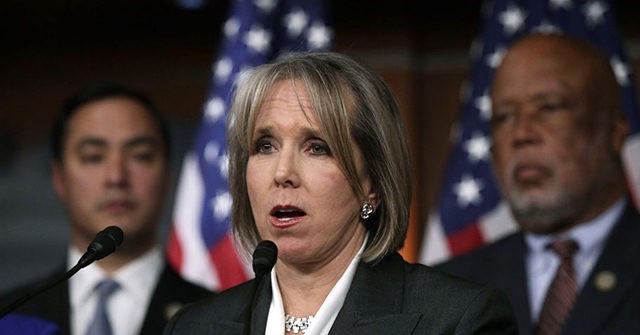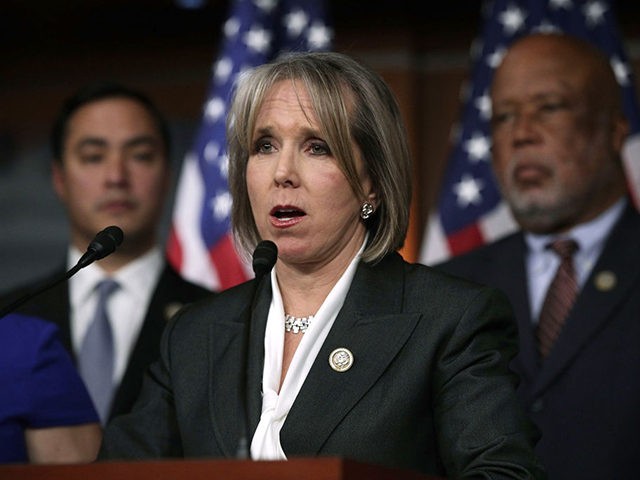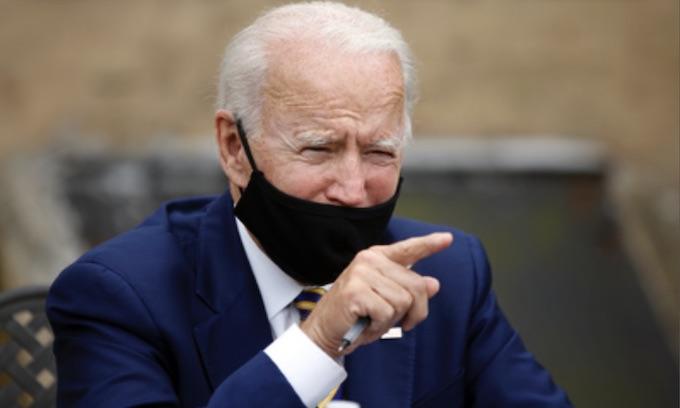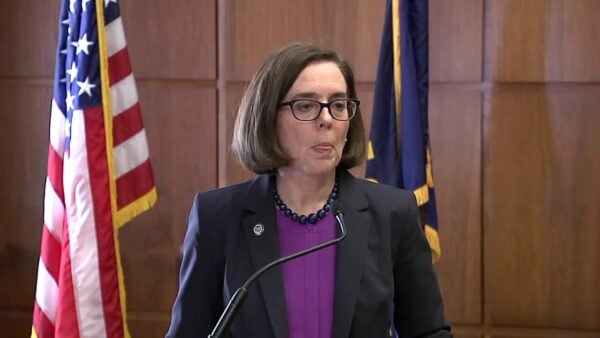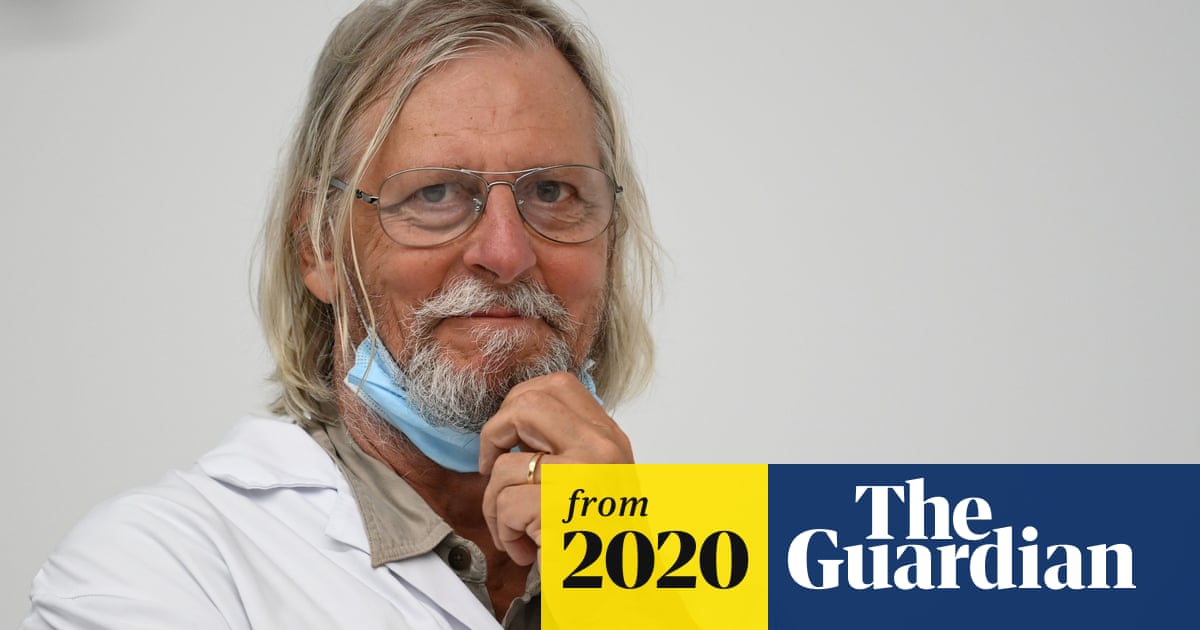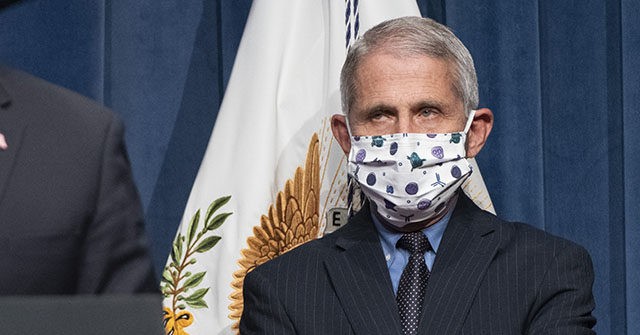abby normal
insert appropriate adjective here
Might be time for a separate thread to keep track of new lockdowns and/or restrictions, heading into winter and 2021  Here we go again, second verse same as the first... But a whole lot worse!
Here we go again, second verse same as the first... But a whole lot worse!
Here in Ohio, DeWine is setting up for another lockdown. New business closures, new gathering orders, plus new mask orders, but this time he's created a "retail compliance unit" aka brownshirts to spy on you
Ohio issues new orders enforcing masks in businesses, restricting gatherings

 www.richlandsource.com
www.richlandsource.com
COLUMBUS — Ohio Gov. Mike DeWine announced Wednesday the state would issue a revised mask order and public gathering order in the next week to limit the spread of the novel COVID-19 virus.
As COVID-19 cases across Ohio continue to rise and reach record numbers each day, DeWine took a proactive approach as the country waits for an effective vaccine against the virus. The governor noted that on Monday, the pharmaceutical company Pfizer announced they had developed a vaccine candidate that was found to be more than 90% effective in preventing COVID-19.
"We can’t run wild until enough of us get the vaccine," DeWine said.
"Throughout the pandemic, most people and businesses in Ohio have done things right by wearing masks and ensuring safety guidelines are strictly followed," he continued. "It’s those actions that kept the virus from spreading uncontrollably. However, it is clear there are some businesses where mask-wearing is simply lacking."
On Wednesday, DeWine announced the state would re-issue the mask order that was originally implemented on July 23. The mask order now includes three additional provisions specific to businesses:

The first violation of this order will bring about a written warning. A second violation will bring about closure of the store for up to 24 hours.
In addition to implementing a new mask order, the state is also beefing up existing orders already in place. In April, DeWine issued orders to limit gatherings of 10 or more people, applying to public and private events.
"Despite this order, we have seen rampant spread of the virus as a result of banquets, wedding receptions, and social gatherings following funerals," he said. "We have seen great tragedy associated with such events. It’s not the ceremonies causing the problem, it’s the party afterward."
A new order will be issued in the next few days placing significant new restrictions on social activities.
"Specifically, open congregate areas can no longer be open," he said. "The order will require everyone to be seated and masked unless they are actively consuming food or drinks and it will prohibit things such as dancing and games."
If the current trend of rising COVID-19 cases continues even with these new mandates, DeWine said the state would be forced to close restaurants, bars and fitness centers, and would require schools to go back to remote learning.
"I'm very well aware of the burden this will place on employees and business owners, but these are places where it's difficult or impossible to maintain mask wearing, which we know now is the chief way of spreading the virus," DeWine said.
"It is up to each and every one of us. What we do in the community impacts whether our kids can stay in school."
"I know that some say some the only reason we’re seeing more cases is because we’re testing more," he said. "Yes, we are doing more testing – but the fact is, testing has not even doubled but cases have gone up almost four times."
The spike in cases has put a strain on Ohio's hospitals, DeWine said. As of today, the state is approaching 3,000 people hospitalized due to COVID-19 - an increase of nearly 1,000 people in only a week. More than 700 people are in an Intensive Care Unit.
Ohio has reported 5,623 deaths due to COVID-19. DeWine stated on Wednesday that 86 Ohioans died from COVID-19 the first week of October, and 104 died the first week of November.
"If you don’t know any of its victims yet, sadly I suspect you will," DeWine said.
As the Thanksgiving holiday approaches, DeWine cautioned against gathering with family members outside of your "bubble" to curb the spread of COVID-19.
"I know you’re tired. I know you want this to be over. But...when you’re going through hell, keep going," he said. "So tonight, I ask you, keep going. Recommit to your individual efforts to say safe, because what you do in your private lives affects everyone."
 Here we go again, second verse same as the first... But a whole lot worse!
Here we go again, second verse same as the first... But a whole lot worse!Here in Ohio, DeWine is setting up for another lockdown. New business closures, new gathering orders, plus new mask orders, but this time he's created a "retail compliance unit" aka brownshirts to spy on you

Ohio issues new orders enforcing masks in businesses, restricting gatherings

Ohio issues new orders enforcing masks in businesses, restricting gatherings
COLUMBUS — Ohio Gov. Mike DeWine announced Wednesday the state would issue a revised mask order and public gathering order in the next week to limit the spread of the novel COVID-19 virus. As COVID-19 cases across Ohio continue to rise and reach record numbers each day, DeWine took a proactive...
 www.richlandsource.com
www.richlandsource.com
COLUMBUS — Ohio Gov. Mike DeWine announced Wednesday the state would issue a revised mask order and public gathering order in the next week to limit the spread of the novel COVID-19 virus.
As COVID-19 cases across Ohio continue to rise and reach record numbers each day, DeWine took a proactive approach as the country waits for an effective vaccine against the virus. The governor noted that on Monday, the pharmaceutical company Pfizer announced they had developed a vaccine candidate that was found to be more than 90% effective in preventing COVID-19.
"We can’t run wild until enough of us get the vaccine," DeWine said.
"Throughout the pandemic, most people and businesses in Ohio have done things right by wearing masks and ensuring safety guidelines are strictly followed," he continued. "It’s those actions that kept the virus from spreading uncontrollably. However, it is clear there are some businesses where mask-wearing is simply lacking."
On Wednesday, DeWine announced the state would re-issue the mask order that was originally implemented on July 23. The mask order now includes three additional provisions specific to businesses:
The first violation of this order will bring about a written warning. A second violation will bring about closure of the store for up to 24 hours.
In addition to implementing a new mask order, the state is also beefing up existing orders already in place. In April, DeWine issued orders to limit gatherings of 10 or more people, applying to public and private events.
"Despite this order, we have seen rampant spread of the virus as a result of banquets, wedding receptions, and social gatherings following funerals," he said. "We have seen great tragedy associated with such events. It’s not the ceremonies causing the problem, it’s the party afterward."
A new order will be issued in the next few days placing significant new restrictions on social activities.
"Specifically, open congregate areas can no longer be open," he said. "The order will require everyone to be seated and masked unless they are actively consuming food or drinks and it will prohibit things such as dancing and games."
If the current trend of rising COVID-19 cases continues even with these new mandates, DeWine said the state would be forced to close restaurants, bars and fitness centers, and would require schools to go back to remote learning.
"I'm very well aware of the burden this will place on employees and business owners, but these are places where it's difficult or impossible to maintain mask wearing, which we know now is the chief way of spreading the virus," DeWine said.
"It is up to each and every one of us. What we do in the community impacts whether our kids can stay in school."
As the COVID-19 pandemic continues, Ohio keeps breaking its own record of daily cases. At the end of September, Ohio averaged under 1,000 cases a day. Yesterday, we reached the highest number of over 6,500 cases. Today, we reported our second-highest number of cases at nearly 5,900 cases, DeWine reported."We’ve got to get back to basics: Wearing a mask, maintaining at least six feet of distance from each other, washing hands frequently, not having get-togethers in your house, and getting adequate fresh air into our homes." - Gov. Mike DeWine
"I know that some say some the only reason we’re seeing more cases is because we’re testing more," he said. "Yes, we are doing more testing – but the fact is, testing has not even doubled but cases have gone up almost four times."
The spike in cases has put a strain on Ohio's hospitals, DeWine said. As of today, the state is approaching 3,000 people hospitalized due to COVID-19 - an increase of nearly 1,000 people in only a week. More than 700 people are in an Intensive Care Unit.
Ohio has reported 5,623 deaths due to COVID-19. DeWine stated on Wednesday that 86 Ohioans died from COVID-19 the first week of October, and 104 died the first week of November.
"If you don’t know any of its victims yet, sadly I suspect you will," DeWine said.
As the Thanksgiving holiday approaches, DeWine cautioned against gathering with family members outside of your "bubble" to curb the spread of COVID-19.
"I know you’re tired. I know you want this to be over. But...when you’re going through hell, keep going," he said. "So tonight, I ask you, keep going. Recommit to your individual efforts to say safe, because what you do in your private lives affects everyone."



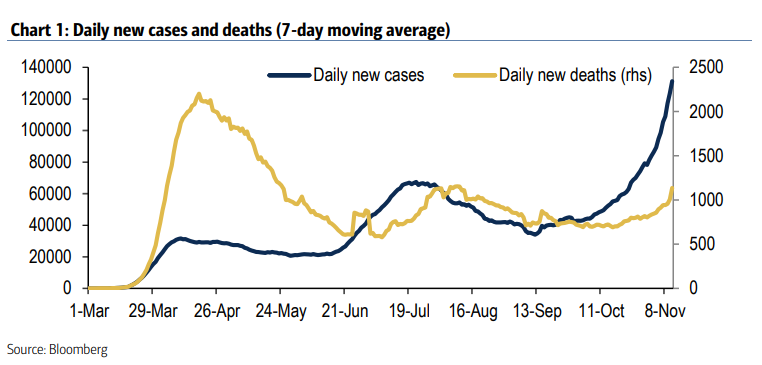
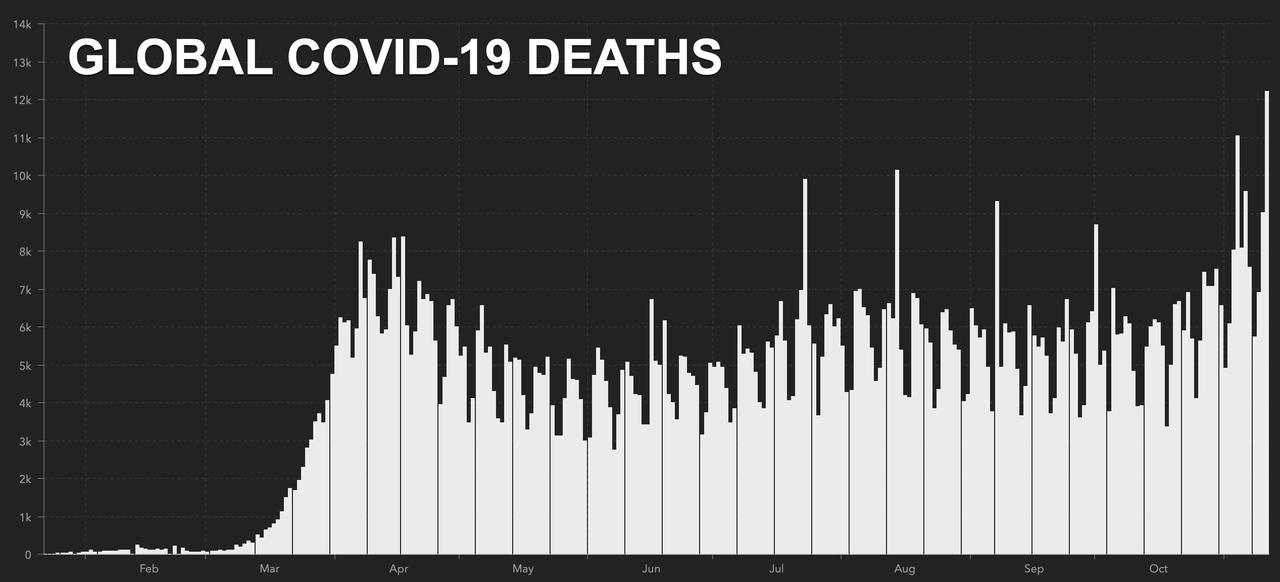


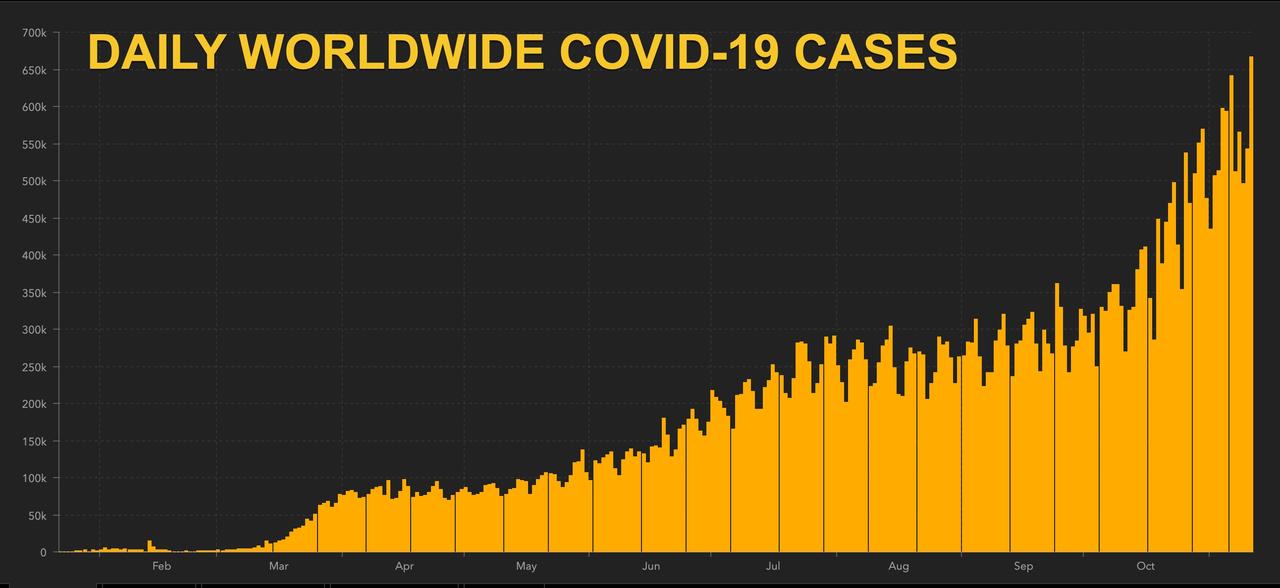
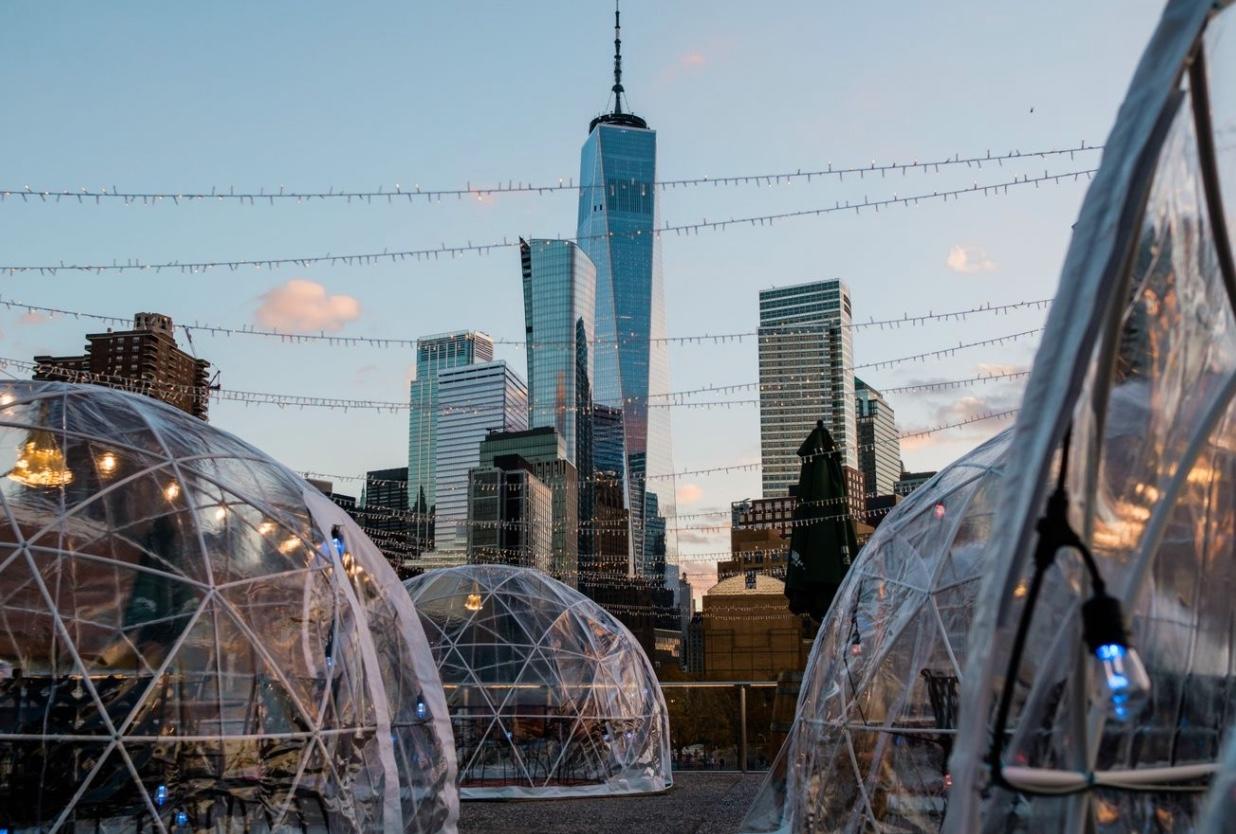
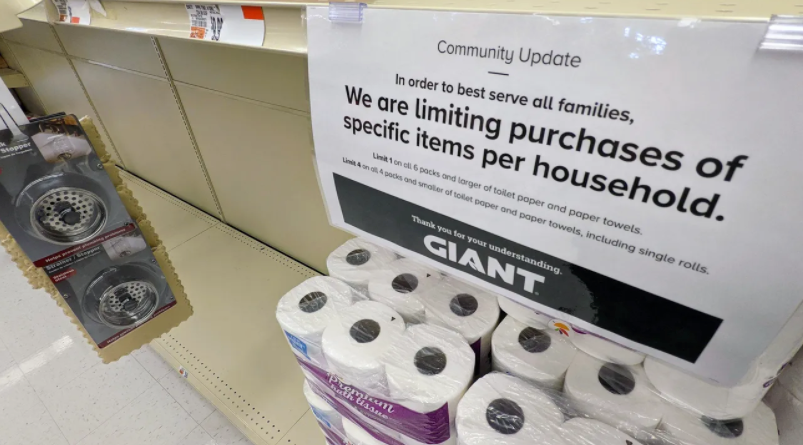
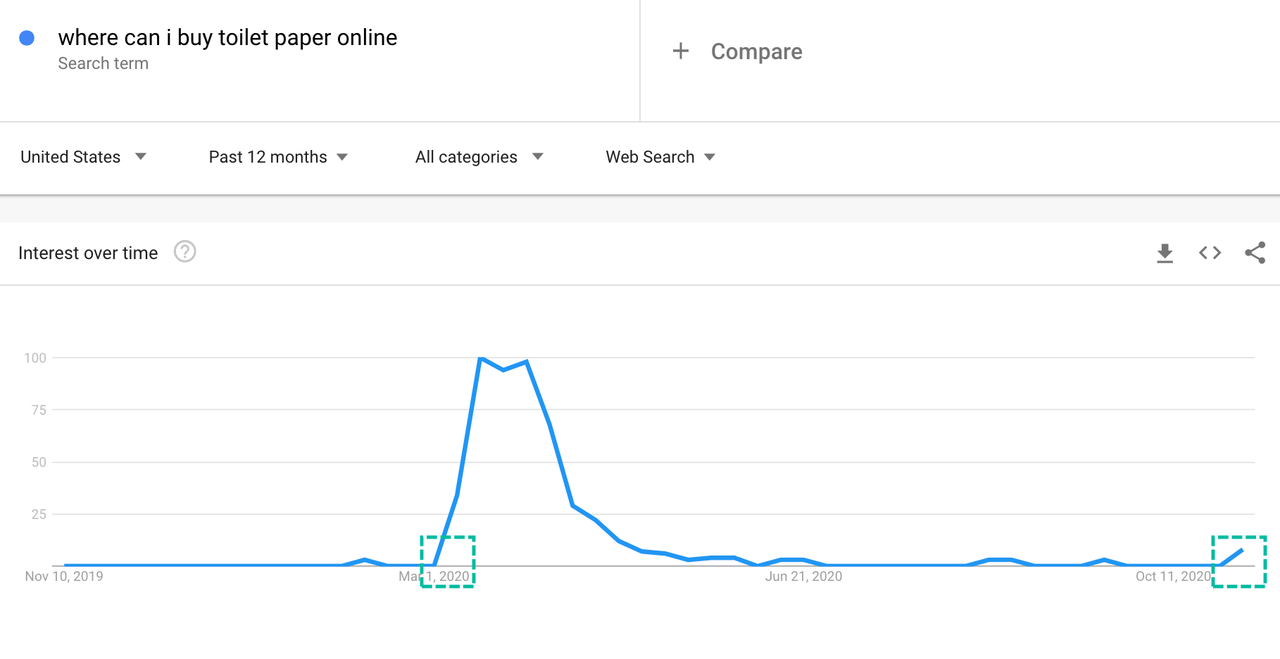
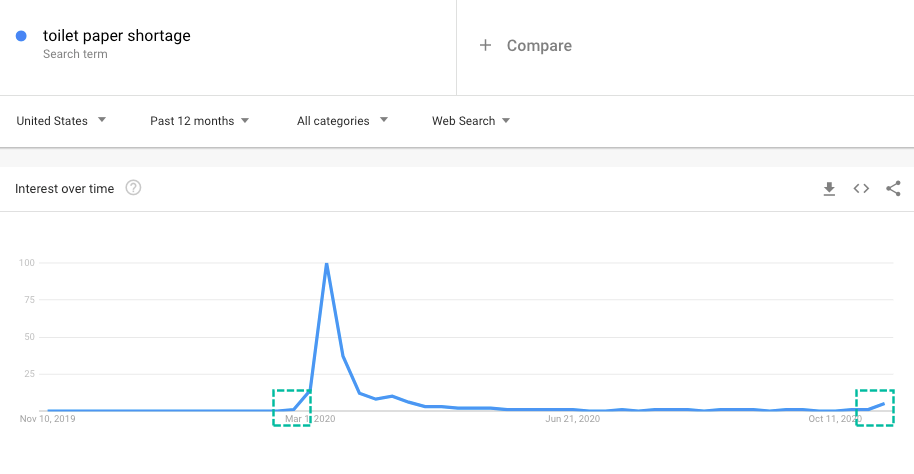
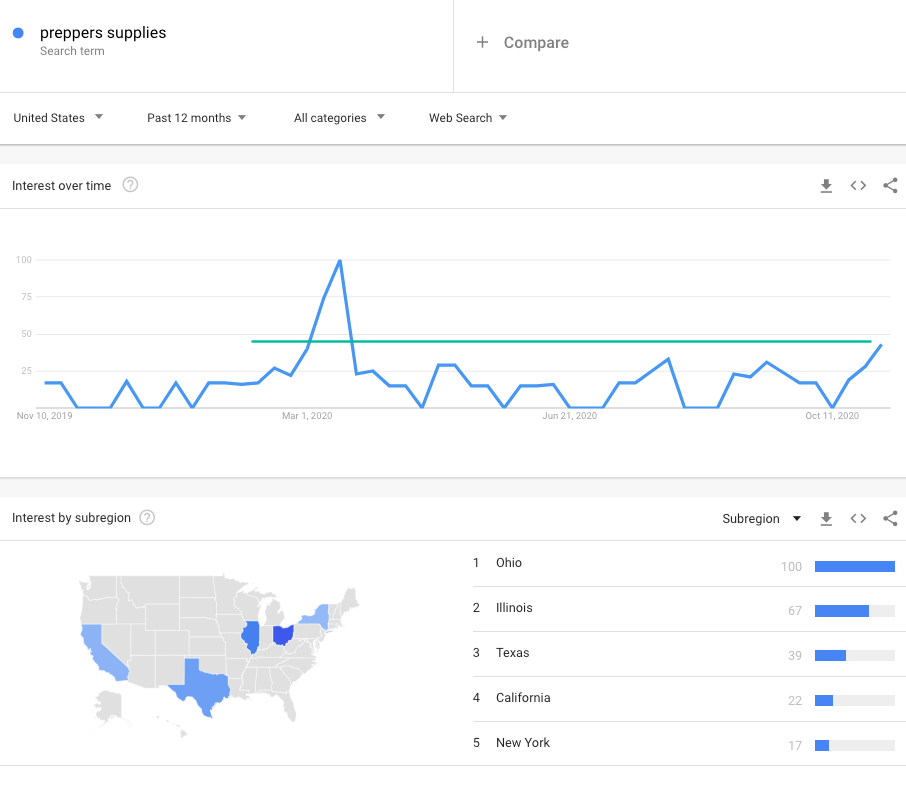
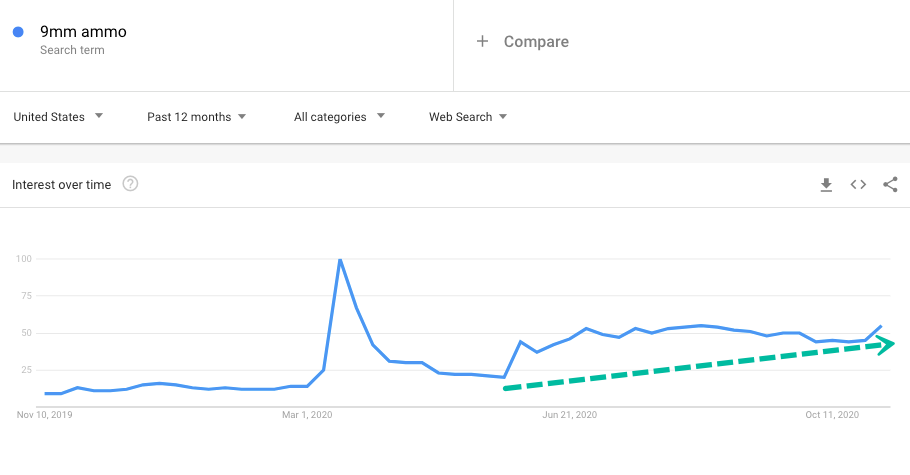
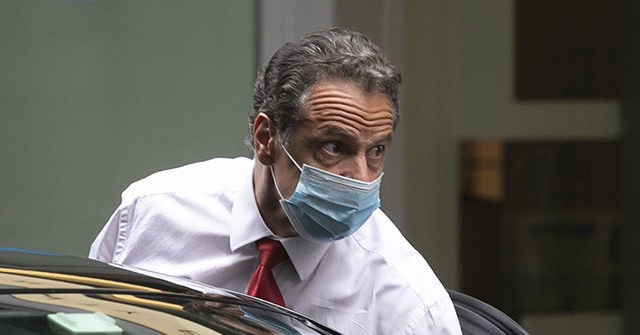
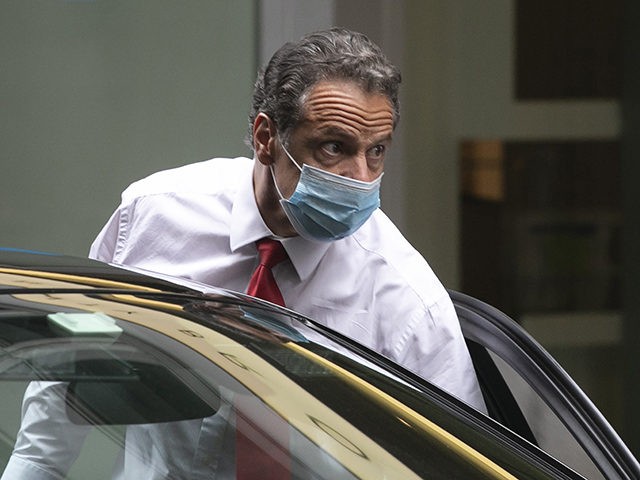
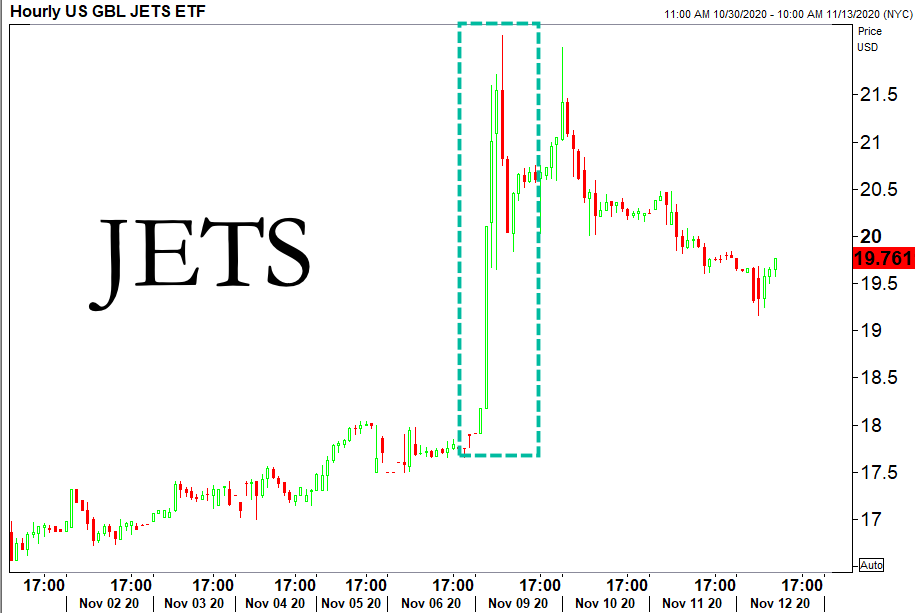
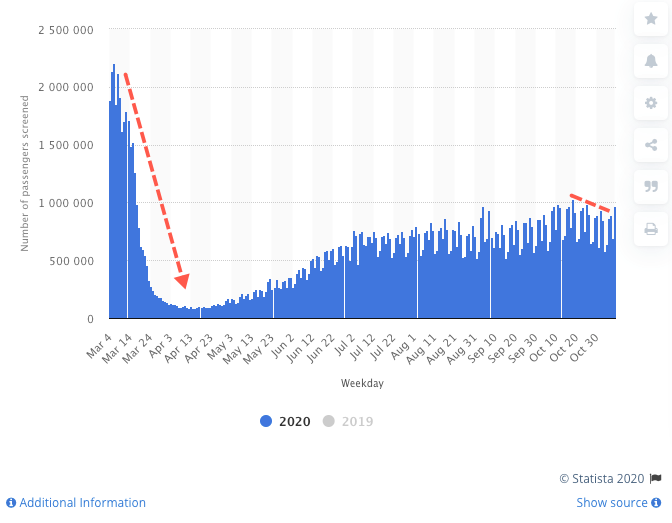
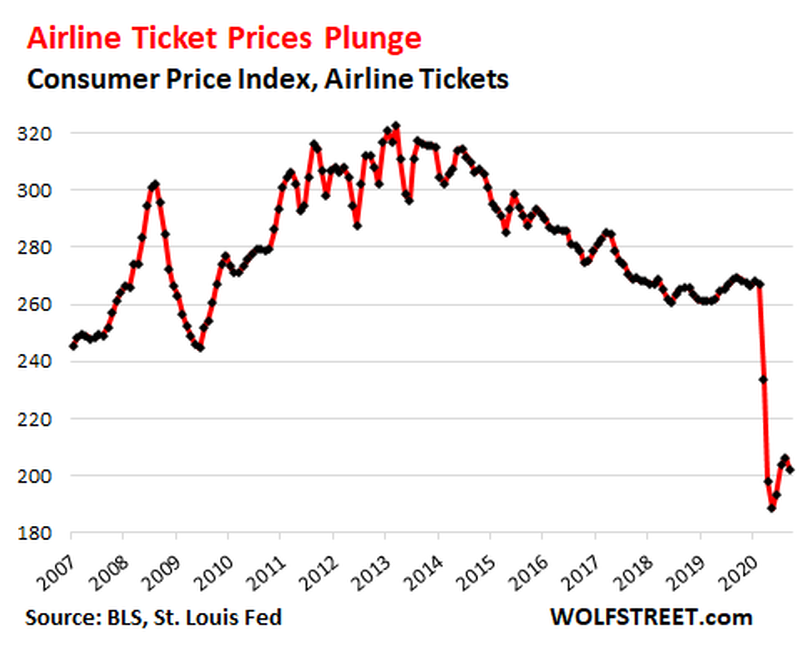
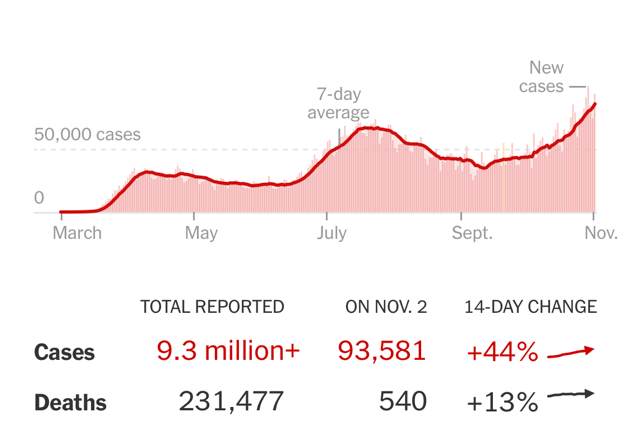
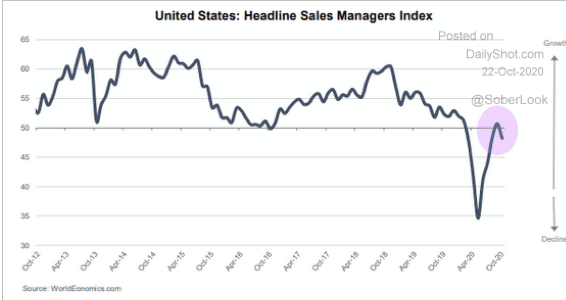
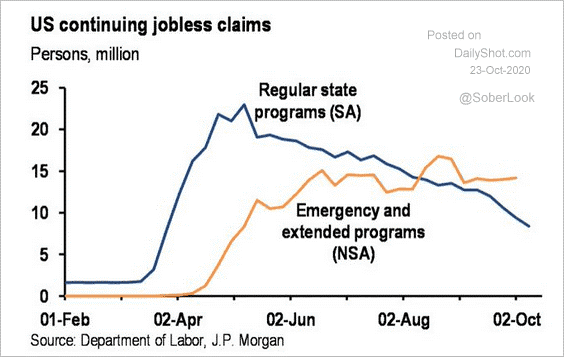
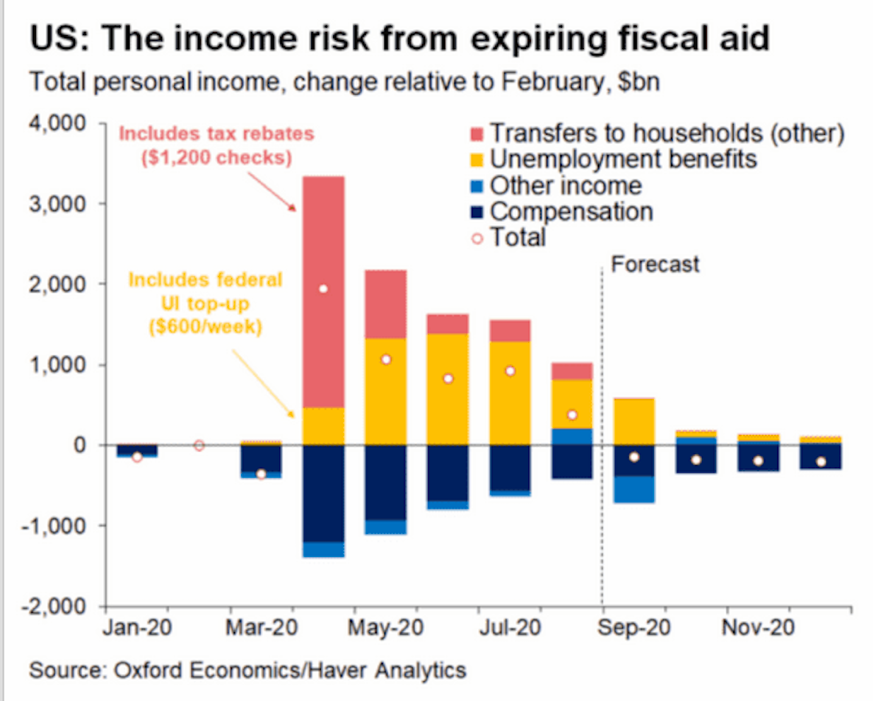
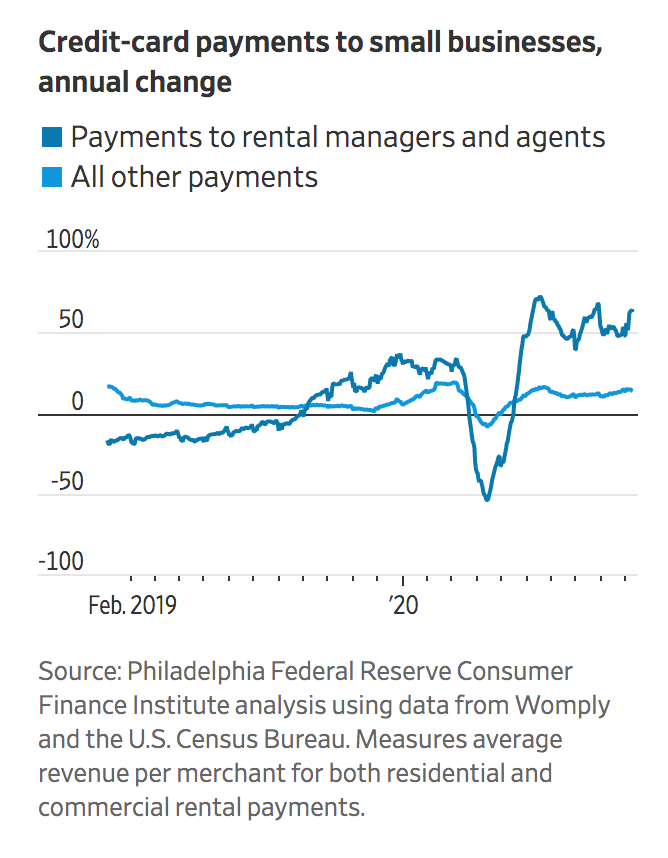
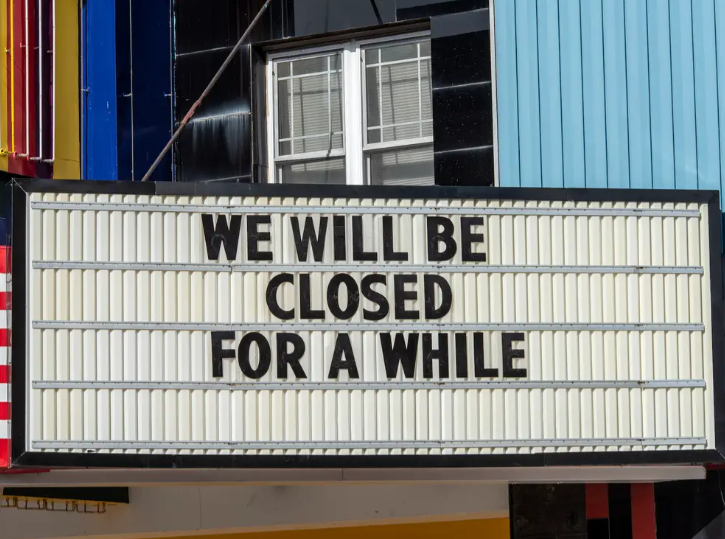 Getty Images
Getty Images